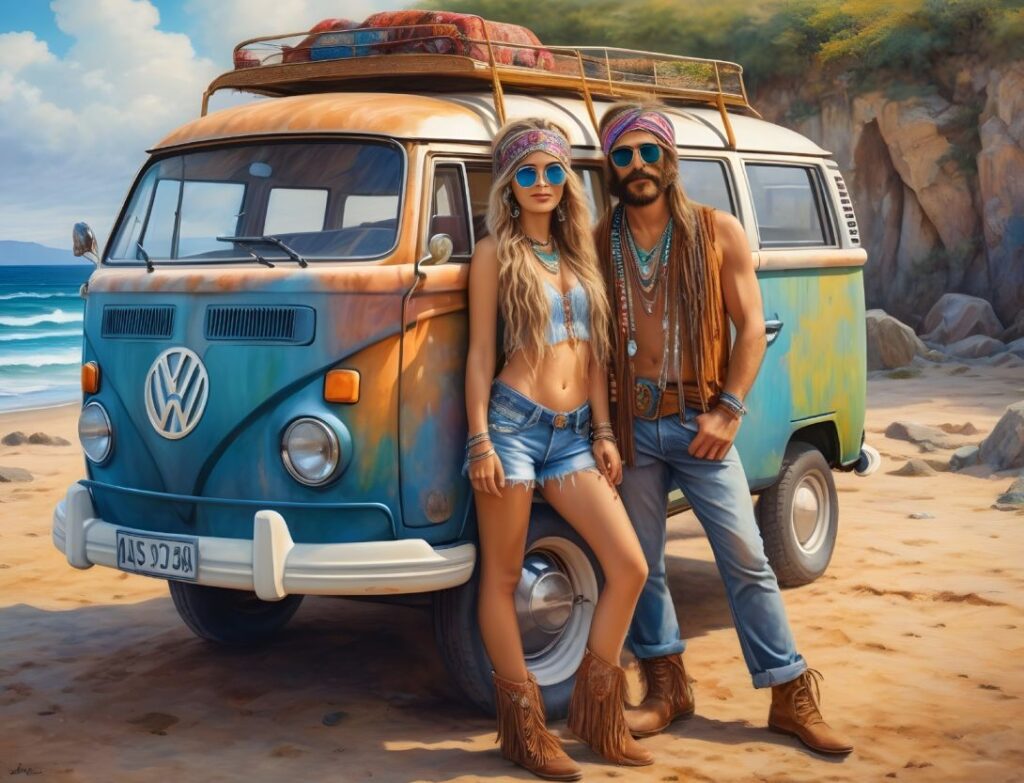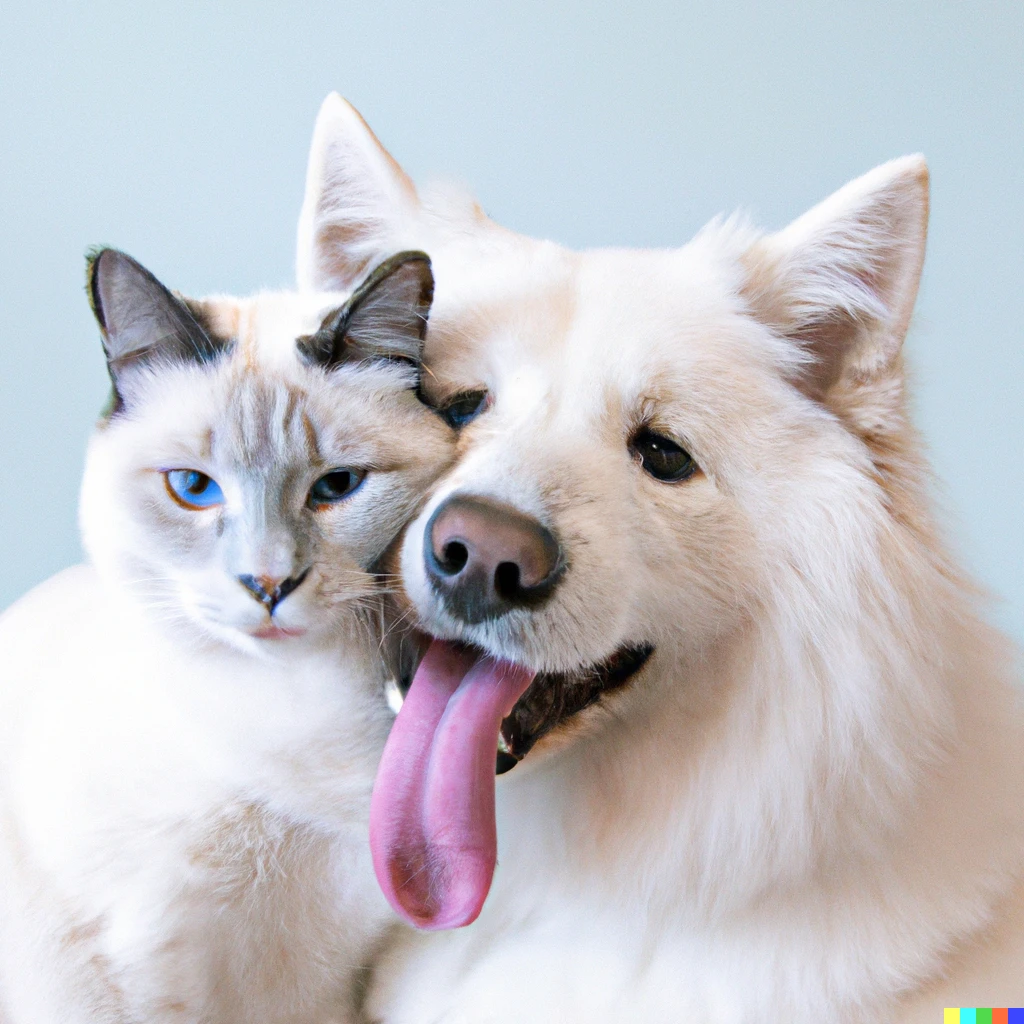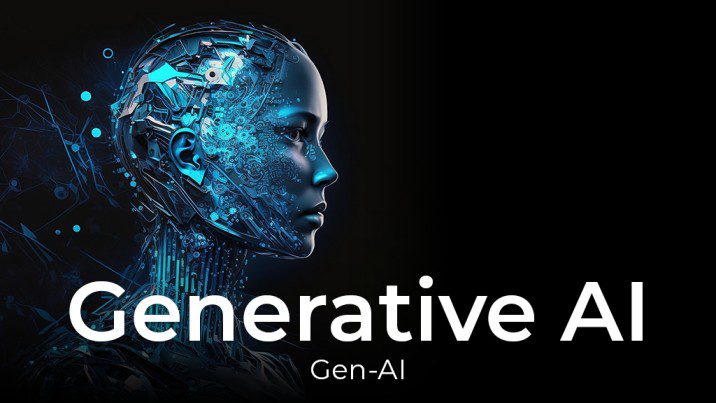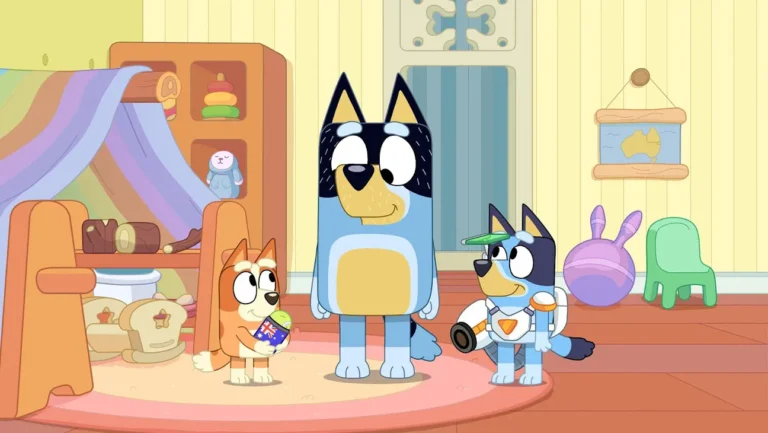AI Image Generators aka Generative AI, a revolutionary branch of artificial intelligence (AI), has emerged as a powerful force in the world of technology, enabling machines to generate content that resembles human-created works. One of the remarkable applications within the realm of generative AI is AI image generators, a technology that has been transforming the way we create, modify, and appreciate visual content. In this article, we will delve into the definition of generative AI, explore its applications, and specifically focus on the transformative capabilities of AI image generators.
Table of Contents
Defining Generative AI:
Generative AI is a subset of artificial intelligence that involves the use of algorithms to create new, original content. Unlike traditional AI models that are trained to perform specific tasks or recognize patterns, generative AI goes a step further by autonomously generating content, whether it be text, images, audio, or even video. This technology relies on deep learning models, particularly Generative Adversarial Networks (GANs) and Variational Autoencoders (VAEs), to generate content that is often indistinguishable from that created by humans.
Applications of Generative AI:
- Content Creation:
Generative AI has found applications in content creation across various domains. In the field of writing, it can generate articles, stories, or even poetry. OpenAI’s GPT-3 (Generative Pre-trained Transformer 3) is an example of a model that excels in natural language generation. - Art and Design:
Artists and designers use generative AI to create unique and inspiring pieces. AI algorithms can produce novel visual art, graphics, and designs, expanding the possibilities for creative expression. - Data Augmentation:
In machine learning, generative AI is employed for data augmentation. It can generate synthetic data to supplement training datasets, enhancing the robustness and generalization of machine learning models. - Style Transfer:
Generative AI facilitates style transfer, allowing users to apply artistic styles from one image to another. This application is popular in photography and graphic design.
AI Image Generators:
AI image generators specifically focus on the creation and manipulation of visual content. These tools leverage advanced generative AI models to generate lifelike images, edit existing ones, or even create entirely new visual concepts.
- Deep Dream:
Developed by Google, Deep Dream is an AI image generator that uses a convolutional neural network to find and enhance patterns in images. It is known for creating dreamlike and psychedelic visuals. Try here.

- Artbreeder:
Artbreeder is an online platform that allows users to create and manipulate images by blending different visuals together. It uses GANs to generate unique images based on user input. Try here.

- DALL-E:
Created by OpenAI, DALL-E is an AI model that generates images from textual descriptions. Users can input written prompts, and the model generates corresponding images, showcasing its ability to understand and translate textual concepts into visuals. Try here.

Join our WhatsApp channel for the latest tech updates, here.




